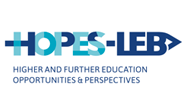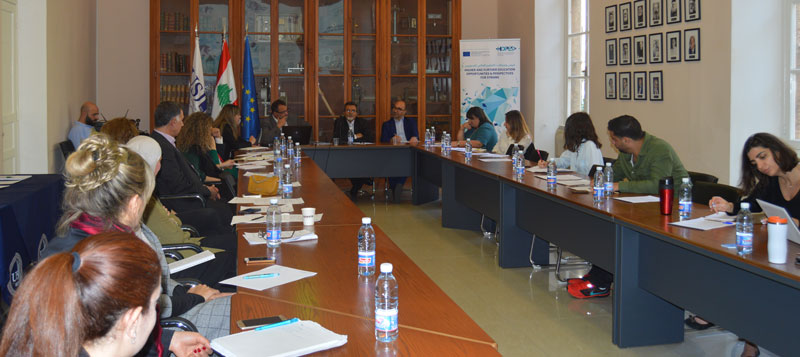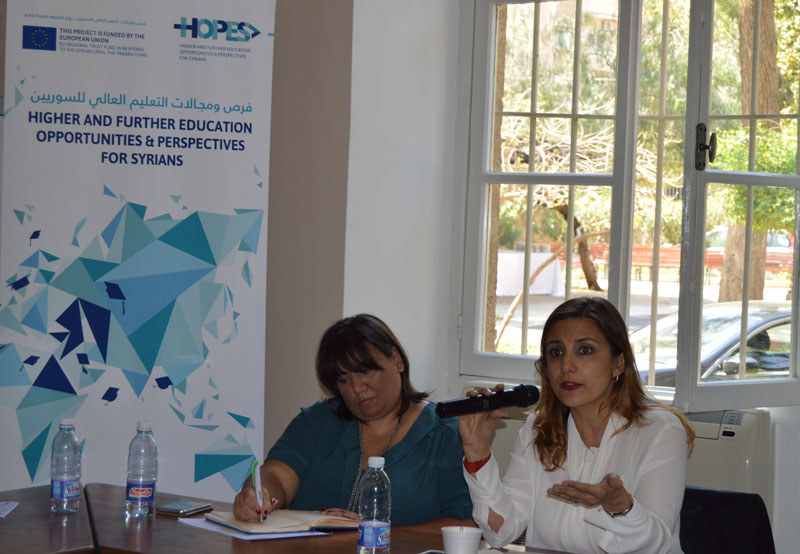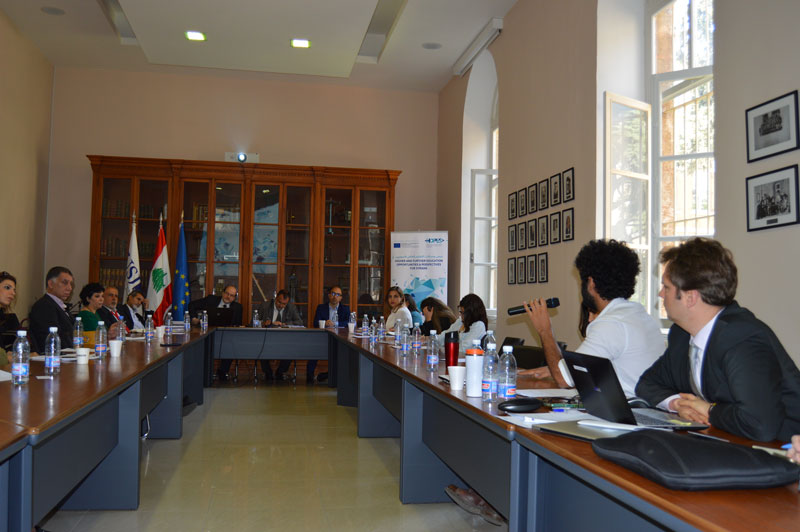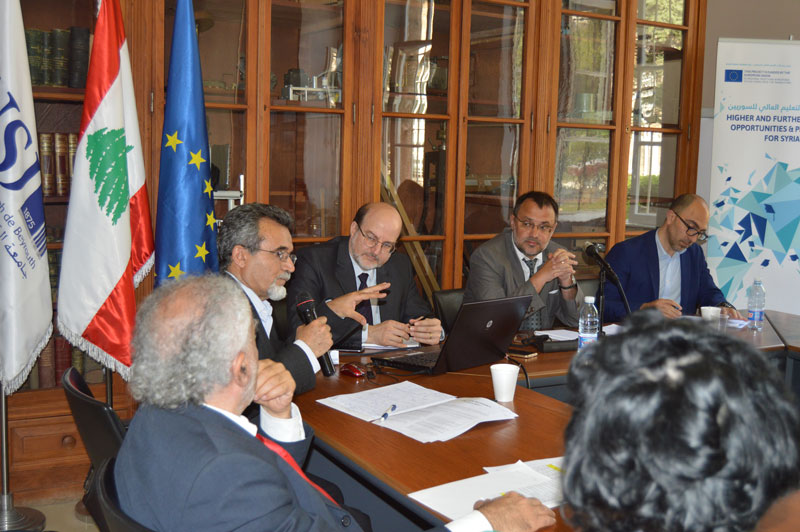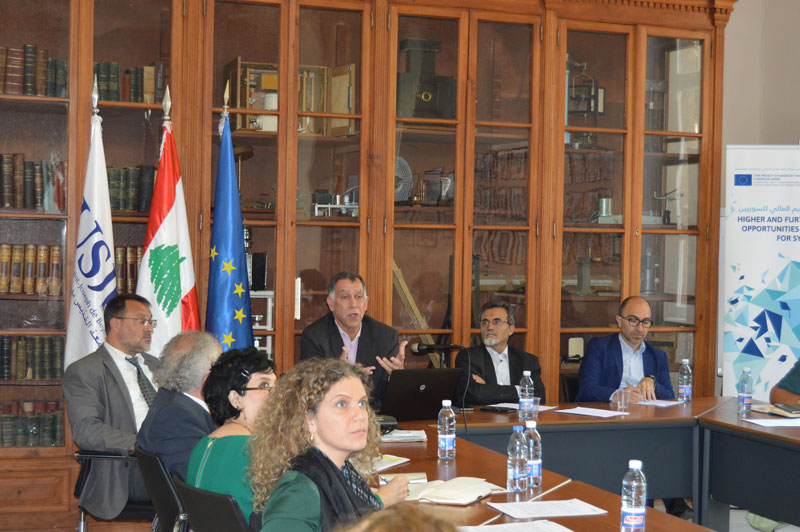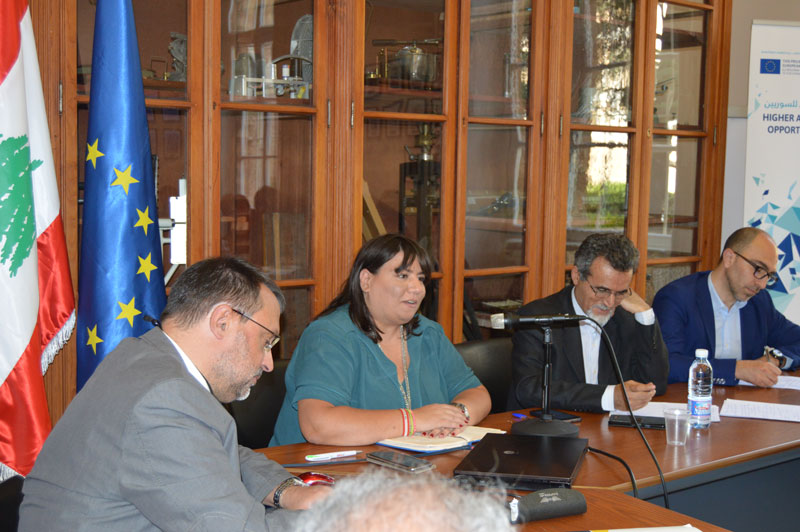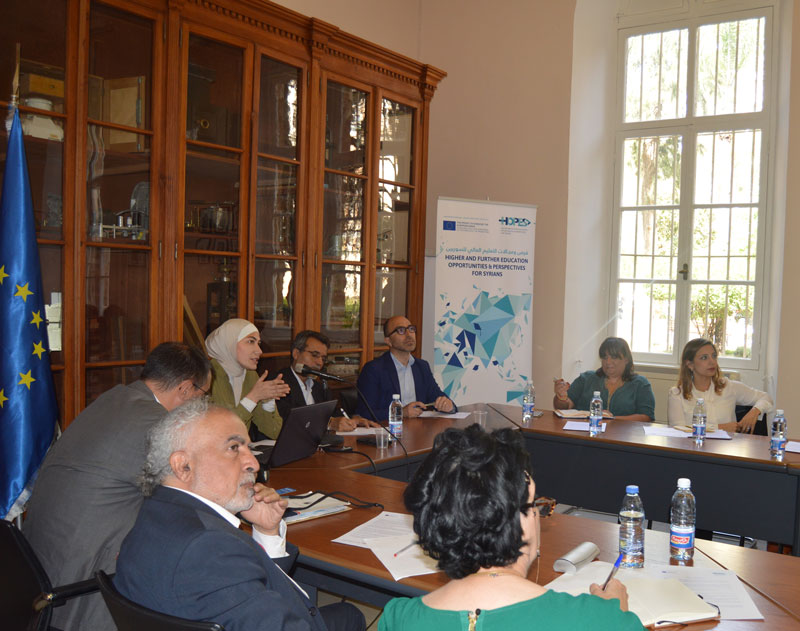INAUGURAL NATIONAL STAKEHOLDER DIALOGUE IN LEBANON
Within the context of the project HOPES (Higher and Further Education Opportunities and Perspectives for Syrians) funded by the European Union’s Regional Trust Fund in response to the Syrian Crisis, the ‘Madad Fund’ and implemented by the German Academic Exchange Service (DAAD) together with the British Council, Campus France and Nuffic across Egypt, Northern Iraq, Jordan, Lebanon and Turkey, the in-country team of Lebanon organized an inaugural National Stakeholders Dialogue on April 6, 2017 bringing together representatives from ministries and higher education institutions as well as key institutional stakeholders involved in tertiary education and the Syria crisis.
This gathering was the first of a series of stakeholders dialogues which seek to provide a platform for discussion and information exchange, leading to greater coordination of initiatives for hosting Syrian students on a national level.


